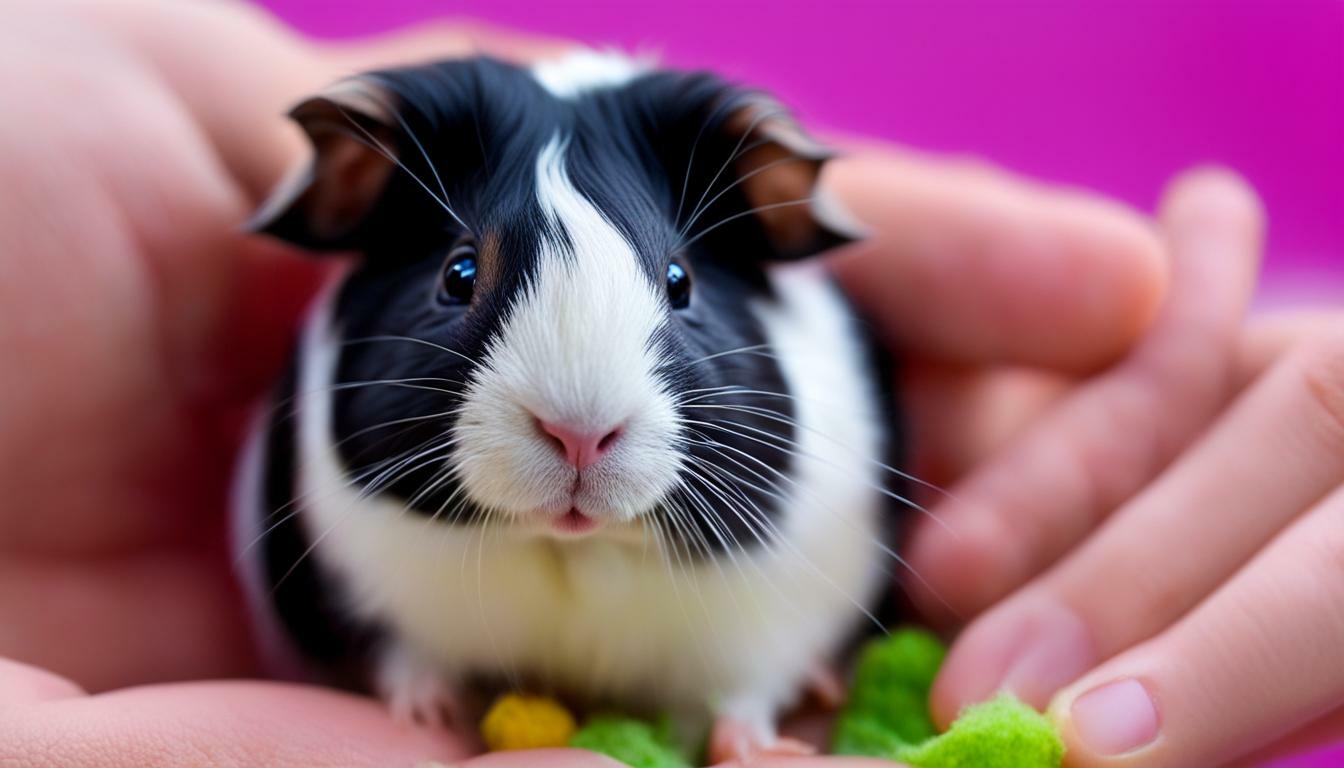Can Bulls Swim? Dive into the Answer Here!

Table of content:
- Do Bulls Naturally Know How to Swim?
- What Physical Traits Help Bulls Swim?
- What Swimming Limitations Do Bulls Have?
- How Do Bulls Swim?
- Can Bulls Dive and Submerge?
- Do Bulls Enjoy Swimming?
- Are All Bulls Able to Swim?
- Do Bulls Need to Be Taught How to Swim?
- What Safety Precautions Apply to Bulls Swimming?
- Can Bulls Drown?
- In Conclusion
Bulls, like all cattle and livestock, have the ability to swim and often enjoy cooling off in bodies of water. However, there are some factors that impact how well bulls can swim.
Do Bulls Naturally Know How to Swim?
Most bulls have an instinctual ability to swim and paddle in the water. This is likely an evolutionary advantage as many cattle graze close to lakes, rivers, and streams. Their natural buoyancy and fat reserves help them float.
Bulls often wade into water to cool down on hot days. If they venture too deep, their swimming reflexes typically kick in. They awkwardly doggie paddle or tread water back to shallower depths.
So while bulls aren’t graceful swimmers, they can generally paddle and float thanks to natural instincts and their body structure.
What Physical Traits Help Bulls Swim?
Bulls have several physical traits that aid swimming ability:
- Fat Reserves – The thick layer of fat under a bull’s hide adds natural buoyancy in water. This helps them float.
- Lungs – A bull’s large lung capacity allows them to control their breathing while swimming.
- Nostrils – Bull’s nostrils are located high on their muzzle, allowing them to breathe while mostly submerged.
- Hooves – The two-toed hooves of cattle provide extra surface area for paddling and pushing off from the bottom.
So while not streamlined for speed, bulls have enough natural traits to make them decent swimmers if needed.
What Swimming Limitations Do Bulls Have?
However, there are some limitations bulls have when swimming:
- Weight – Very large, heavy bulls may have trouble floating and quickly tire from swimming.
- Horns – Large horns can cause bulls to be top-heavy and make balancing in water more difficult.
- Muscle – Bulls have less relative muscle mass compared to fat, which limits their ability to powerfully swim long distances.
- Stamina – Since swimming is not a frequent activity for bulls, they lack the cardiovascular fitness for extended swims.
So while bulls can float and paddle, their heavy build isn’t ideal for marathon swimming!
How Do Bulls Swim?
When bulls enter deep water, they start swinging their front legs in alternating strokes, like a dog paddle motion. They sweep their hooves backward using their flexed legs as oars.
The back legs provide propulsion with a slight kicking motion. The head is held up with nostrils above the surface. This allows the bull to watch where it’s going and breathe.
If floating in place, bulls tread water by quickly paddling their front and back legs. This churning of all four limbs helps them stay buoyant.
Bulls aren’t the most graceful swimmers, but they manage to paddle and flap their way through water when needed. It’s not pretty, but it works!
Can Bulls Dive and Submerge?
While bulls can briefly submerge to wet their head or grab a snack, staying underwater for an extended period is a challenge.
Their natural buoyancy brings them back to the surface quickly. And since their nostrils are high on their muzzle, bulls need to keep them above water to breathe.
Some bulls enjoy plunging into ponds on blistering hot days. But they don’t intentionally dive and swim underwater. Bulls prefer to do their swimming and paddling along the water’s surface.
Do Bulls Enjoy Swimming?
Some bulls seem to enjoy getting in the water to cool off or clean up on hot days. They may wade into a pond and casually swim around enjoying the refreshing water.
However, most bulls only swim when necessary. Deep river crossings, flooding from heavy rain, or falling off a boat are examples of forced swims for bulls.
Since they aren’t the most natural swimmers, most bulls likely prefer to keep their hooves on dry ground! They will swim if required, but would rather stay on shore.
Are All Bulls Able to Swim?
The majority of healthy bulls can swim or at least float thanks to their natural buoyancy. However, some exceptions include:
- Young Calves – Newborn calves may struggle to keep their head above water or have the stamina to paddle across a body of water. They should not be fully submerged.
- Elderly or Ill Bulls – Bulls weakened by age or sickness may not have the energy or lung capacity to swim well. Their legs and muzzles may also be less mobile.
- Obese Bulls – Bulls carrying excessive fat have a higher risk of drowning. The extra weight makes swimming and floating more difficult.
So very young, old, or obese bulls should not be left near deep water without supervision. But most mature, healthy bulls can paddle their way to safety if needed.
Do Bulls Need to Be Taught How to Swim?
Since most bulls have an innate ability to swim, they do not need any special training or lessons. Their natural instincts kick in when they find themselves in deep water.
However, if a bull will frequently be near bodies of water, getting them comfortable around water while young is beneficial. This allows them to become accustomed to entering and exiting on their own.
Exposing calves to shallow ponds or streams helps them gain confidence. An uncomfortable or fearful bull may refuse to enter water if needed. But otherwise, formal “swimming lessons” are not required!
What Safety Precautions Apply to Bulls Swimming?
A few basic safety measures can help keep bulls safe around water:
- Don’t leave young calves unsupervised near ponds, troughs, or other water sources where they could accidentally fall in.
- Use ramps, gradually sloped banks, or shallow areas for bulls to enter and exit larger bodies of water. Avoid steep, slippery drop-offs.
- Check for strong currents, undertows, or debris before letting bulls swim in unfamiliar natural waters.
- Consider life vests when transporting bulls in boats or across wide rivers.
- Have an emergency action plan in case a bull struggles or needs to be rescued from the water.
While most bulls can handle short swims, take precautions around unfenced water sources and monitor animals closely.
Can Bulls Drown?
It’s rare, but yes – some bulls do drown in unfortunate accidents. Young calves and obese bulls are most at risk if they become exhausted and can’t keep their head above water.
Bulls can also drown if trapped in muddy waters or caught in currents stronger than they can paddle against. Injuries or medical conditions weakening a bull also increase drowning risk.
While not common, it’s important cattle producers keep water safety in mind. Precautions like fencing off steep banks can help prevent the risk of bulls accidentally drowning.
Understanding bulls’ swimming abilities and water safety is useful for cattle owners. While daily swims aren’t necessary, bulls should feel comfortable entering and exiting water sources on their own. Taking precautions allows bulls to safely enjoy the benefits of cool water on hot days.
In Conclusion
While not natural marathon swimmers, most healthy bulls can use their instincts and physical traits to paddle through the water if the need arises. With adequate precautions, brief swims are well within a bull’s abilities.
So the next time you see a bull cooling off with a dip, rest assured his natural buoyancy and paddling reflexes will likely kick in and keep him afloat!
Welcome. I’m Adreena Shanum, the proud owner of this website, and I am incredibly passionate about animals, especially poultry. I founded adreenapets.com as a labor of love, stemming from my desire to share my knowledge and experiences with poultry enthusiasts worldwide.




